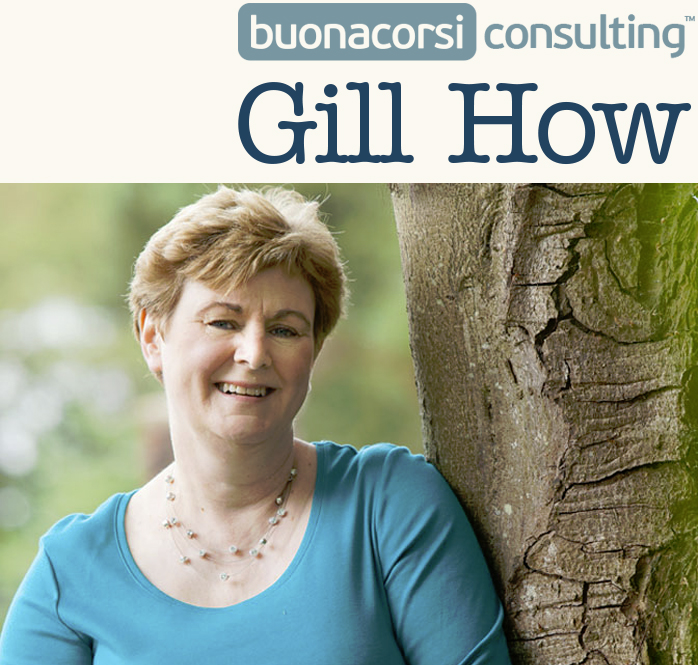
What was your first paid job? Maybe a paper round, or working in a shop, a fast food outlet or warehouse?
These are common answers from participants on many of the leadership courses I run.
Our first job typically involves a lot of task.
We may be serving customers in a coffee shop, sitting at a desk paying invoices in an office, or physically stacking shelves in a supermarket. Our metric of success comes from doing our job reliably and well.
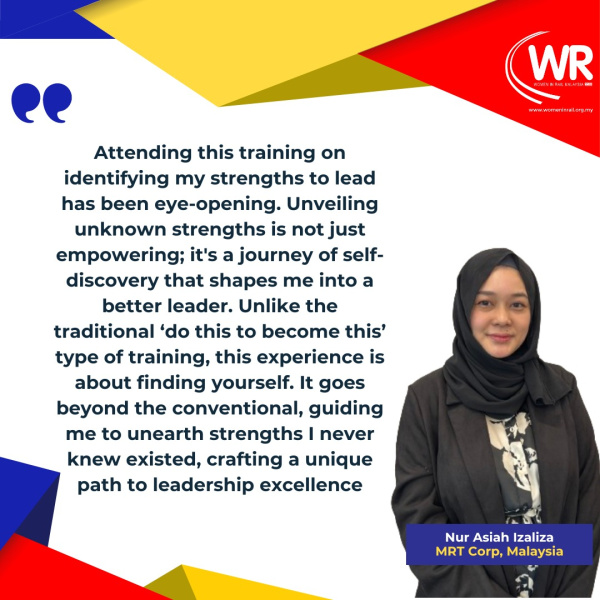
For me it was a Saturday job in a greengrocers, on my feet all day!
After a while, as we master the task element of our role, we may be asked to step into a team leader or more managerial role.
This happened to me when I was in my mid-twenties and was promoted from an internal consulting role in British Gas, to managing a team of three consultants in addition to carrying out my own projects.
Do you now manage a team of professionals, a department or a business unit too?
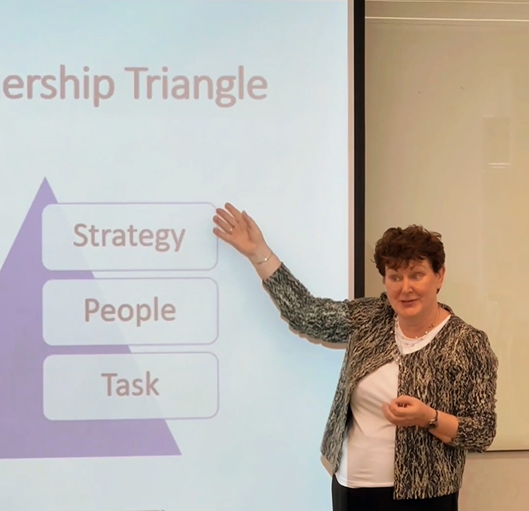
I received no training when promoted into a team leader role, and was left to find out about key skills such as prioritisation, delegation and performance management the hard way.
As we become more senior still, we add in responsibility for strategy as well.
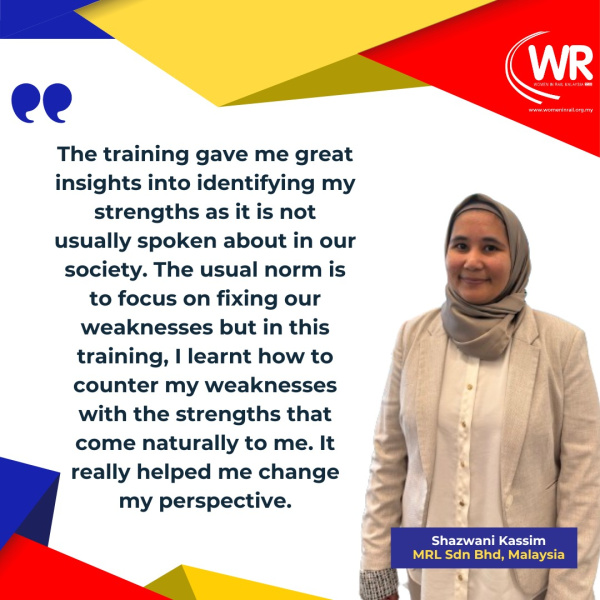
We develop skills in looking further ahead, creating a direction, engaging key stakeholders, gaining buy-in, and communicating with staff who implement the strategy as they carry out their role.
Mind-set, i.e. how we see things, has now become as important as skills.
Recently, I was asked to lead a training day about strengths and leadership for Women in Rail Malaysia.
We spent the morning understanding what strengths are, and how we can spot them in our team and draw out the best of people.
We used the leadership triangle to see how our strengths and those of others can be used to increase our leadership contribution.
For example, using our strengths of:
- Courage: to believe that it can be done and is possible
- Team player: to build a team that wants to go above and beyond together
- Knowledge mastery: to become a subject matter expert useful to others
- Future mindedness: to make sophisticated use of technological advances

In the afternoon, we learnt how to stretch our strengths and how to find work-rounds for weaknesses. This re-framing, is not just for ourselves but for our teams too.
We found a beauty in identifying strengths unique to each of us.
We created a pathway to use our strengths to grow our teams and colleagues and ourselves as leaders. In this way, we planned to shape the future.
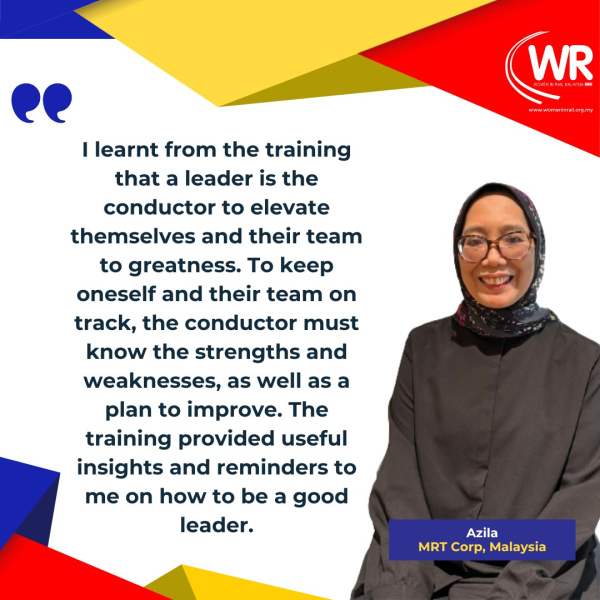
We found strengths an inspiration and guiding force to develop the leadership capability and aspiration around us.
Could an approach like this work for you too? Is there an idea in my blog which might also help you with your thinking, your hopes and aspirations for your leadership and that of your team this year? I’d love to discuss this with you!
Gill How loves to deliver work globally and internationally with managers, executives and professionals to help them to evolve, grow their leadership capability and stretch their strengths.
She is a Fellow of the Association for Coaching, an Innovative Leadership Developer and avid walker in beautiful parts of the world!
If she can help you in developing the potential of the capable professionals and leaders in your organisation, get in touch!
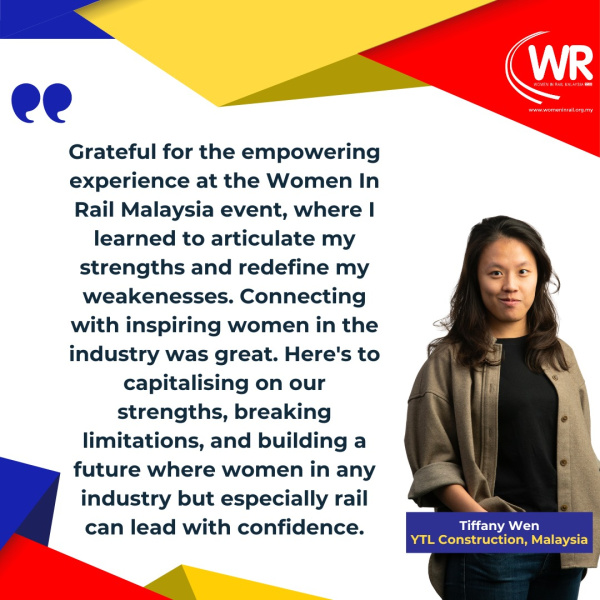
A big thank you to everyone at Women in Rail Malaysia who worked tirelessly to make this event a success. Also to the participants, and to YTL for providing us with the venue.
Photo Credits: Women in Rail Malaysia. Petronas Towers by Martin How.

